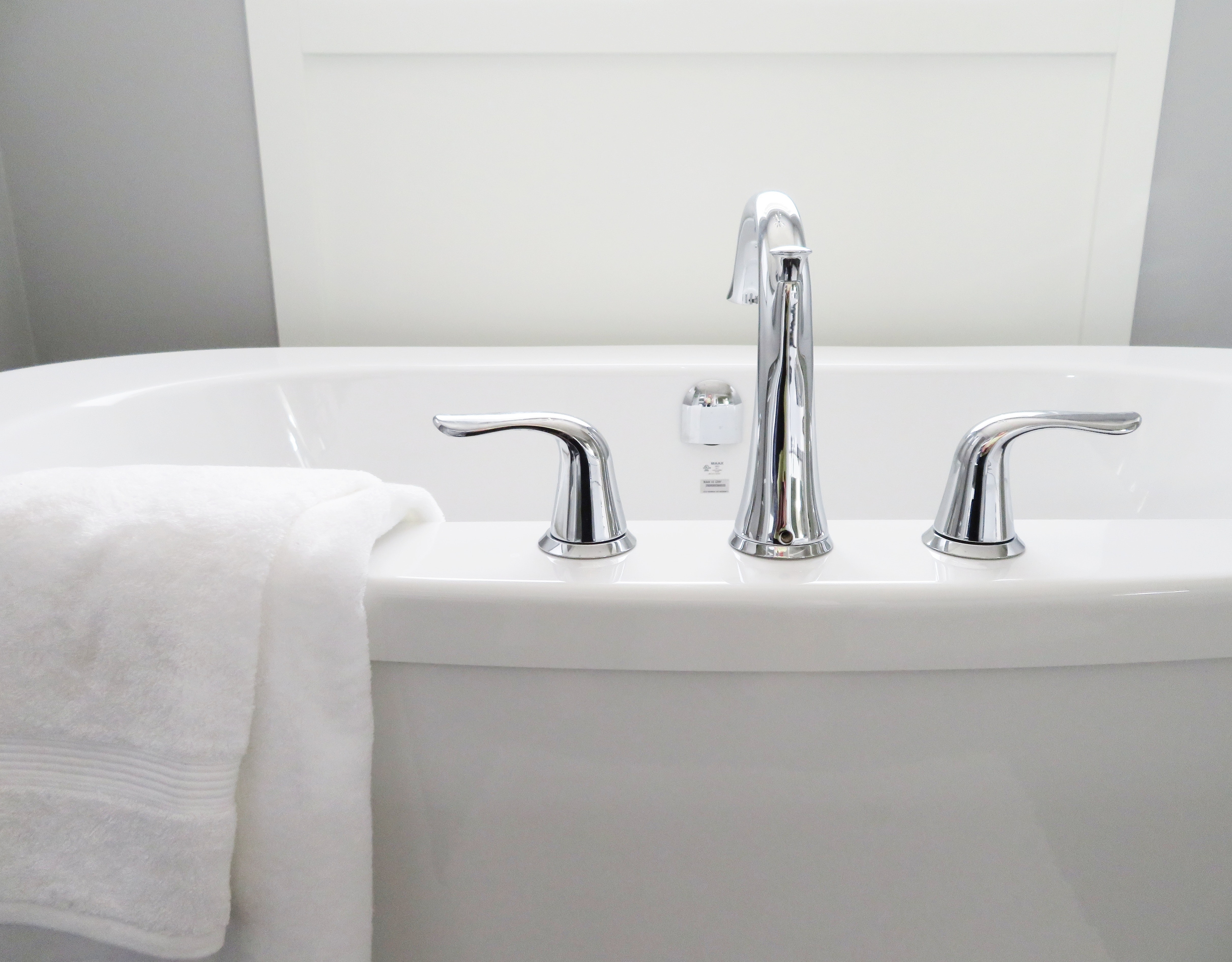How to Seal a Shower or Bathtub
Aug 23rd 2022

Is the silicone caulk around your bathtub or shower looking a little worse for wear? Is your bathroom accumulating unwanted mold and/or mildew? If this applies to you, it might be time to apply a new layer of silicone sealant to your bathroom. As difficult as it may appear, applying your own silicone sealant is relatively easy and affordable! Here’s a guide to sealing your shower or bathtub.
Required Materials
- Silicone Sealant
- Caulk Gun
- Caulk Remover
- Rags
- Putty Knife
- Oscillating Tool
- Razor Scraper
- Masking Tape
- Mineral Spirits
- Paper Towels
Step 1: Remove Old Silicone Sealant
Before applying the new silicone sealant, remove any remaining caulk, especially if it’s falling apart. Before anything, plug the drain in the tub and cover the entire area with a drop cloth to prevent any mess. Begin by using a utility knife or oscillating tool with an adjustable scraper blade to cut through the old silicone sealant. Once this is completed, proceed to use the utility knife to scrape the shower or tub floor.
Step 2: Eliminate Any Remaining Adhesive
To further simplify the process, squirt caulk remover on any remaining caulk residue. Continue to remove any leftover adhesive sealant residue with a razor scraper. Before cleaning the area with a rag, make sure it’s relatively soft and that you spray it with mineral spirits. This will prevent any scratching around the tub or shower.
Wipe the soft rag dampened with mineral spirits over the silicone sealant dust and completely dry the area before applying new adhesive. You can do this with a dry rag, a paper towel, or a hair dryer.
Step 3: Clean Your Tiles
Once you’ve removed the old silicone sealant, cleaning might be needed in case any mold has developed from unprotected moisture build-up. Take some time to get rid of moldy grout accumulating on your bathroom walls or surrounding the shower area. Apply mold killer, scrub off the residual grout, and allow it to completely dry. Use a hair dryer to hurry up the drying process if necessary. Finally, use a soft rag dampened with mineral spirits to fully clean the area and let it dry.
Step 4: Put On Masking Tape
When preparing masking tape for your silicone sealant application, it’s best to start at the corner wall gaps first. Look for the biggest gap between your shower or tub and the walls. This will tell you how far apart your tape should be for the rest of the application. Proceed to apply more tape to the areas you’d like to caulk. You should also add tape near areas where you don’t want silicone sealant.
Step 5: Apply Silicone Sealant
Once you’ve added masking tape to the areas you’d to caulk, it’s time to apply silicone sealant! To begin, cut the silicone sealant nozzle at about 45 degrees. Trim it at another angle if it’s needed to match the gap width. Hold the silicone sealant at a 90-degree angle and apply slight pressure while pushing the caulking gun forward. Apply enough silicone sealant to fill the gap and keep the adhesive moving at a steady speed.
Step 6: Smooth Out the Adhesive
Once you’ve finished applying the silicone sealant, wet your finger with water and start evening out the adhesive. Start in an outer corner and press into the joint with your finger. Continue pressing in one constant motion to maintain the sealant’s shape. The end result should look like a rounded bead that molds into the wall. You can also use this as a chance to clear up any residual silicone sealant leftover from the removal process.
Step 7: Carefully Detach Masking Tape
Once you’ve smoothed out the silicone sealant, remove the masking tape as soon as possible. While the silicone sealant is still wet, carefully take one strip at a time and remove it at a steep angle. Start with the tape closest to the tub and make sure the masking tape avoids the newly applied adhesive.
Proceed to detach the masking tape along the wall and save the strips along the corners for last. Finally, take your finger and smooth the silicone sealant one last time before leaving it to dry. You should avoid using the shower for at least 30 minutes and allow the adhesive to fully cure for 24 hours.
If you’ve been interested in adding new silicone sealant to your bathtub or shower, Silicone Depot has the tools you need to complete the project! Our Kitchen and Bath Mildew Resistant RTV Silicone Sealant works particularly well for showers with a lot of moisture build-up. Check out our selection of high-quality silicone products today!
